Cece Hampton ’24
Sports Editor
Oct. 13, 2023, through Oct. 15, 2023 was fall Bicentennial weekend, and the Trinity community welcomed family and alumni to campus for a number of events and celebrations in honor of the school’s 200th year. One of the ways that Trinity athletics is honoring the special year is through its 1823 Series of athletic contests and receptions. Each sports team will host a Bicentennial match at some point during the year to commemorate the legacy of Bantam sportsmanship over the past two centuries. Over the weekend, the Bantam football squad, as well as the men’s and women’s soccer teams, volleyball, and field hockey, all hosted their Bicentennial matches. Earlier this fall season at the beginning of September, the men’s and women’s cross country teams hosted their 1823 competitions, while the men’s and women’s rowing teams had theirs at the start of October.
Since its founding in 1823, Trinity has a long history of sportsmanship on its campus. The first sports teams at Trinity emerged in the 1850s, with rowing being the first competitive intercollegiate sport, and baseball and football coming shortly after. Rowing was one of the top five most popular sports in the U.S. in the second half of the 19th century. In 1856, Trinity students created the school’s very first sports club, the Minehaha Club, which was also the first rowing club established in the Hartford area. In its early stages of athletic competition, Trinity took on schools like Harvard, Brown, Dartmouth and Yale. A couple years after the Minehaha Club was started, Trinity, along with these other schools, founded the College Regatta Association, and they hosted one of the first regattas in the nation, located in Springfield, Massachusetts. Between 10,000 and 20,000 spectators attended the event, which Harvard ultimately won. Press surrounding the sport had increased exceptionally during this time, and colleges began to recognize the importance of sports as an important factor in growing the reputation of their institutions.
Meanwhile, baseball and football were also gaining traction at Trinity. In 1868, Trinity competed with their first organized baseball team, Hartford’s Charter Oaks Club. Although it took some time for baseball to become a higher demand, by the end of the Civil War, baseball was the most popular sport at Trinity. Baseball’s popularity fluctuated throughout the rest of the 19th century as the college’s fields were not being maintained, and games were therefore few and far between. By the end of the century however, its popularity was rising again, as Trinity competed against schools that eventually became part of the NESCAC and the Ivy League. By 1877, Trinity football had also gained a hold on Trinity athletes, and the school became the 12th in the nation to play football. Last year, the Bantam football squad went undefeated the entire season, with a 9-0 record, placing them at the top of the NESCAC league standings. By the end of the 19th century, basketball, lawn tennis, track and field, and bicycling were all incorporated into the college’s athletics as well. At the start of the 20th century, faculty and administrators made up a large part of the spectators for sporting events, and they began dedicating more of the college’s funds to supporting student athletics and physical education.
In 1969, Trinity became coeducational, initiating increasing administration of athletics. Within the same year, Ferris Athletic Center was built, and the school started hiring faculty-level sports coaches. In 1971, the school became a part of the New England Small College Athletic Conference (NESCAC). Also, during this year, field hockey, which was one of the first women’s sports to be played at Trinity, had its first official season. In its early years, the field hockey team played on the LSC Quad, dominating various other schools throughout the 1980s. In 2021, the field hockey squad made it to the NCAA Division III Final Four competition, which Trinity hosted on its campus at the Robin L. Sheppard Field. The Bantams fell to Johns Hopkins in the semifinal, and NESCAC rival Middlebury ultimately won the national championship after beating Johns Hopkins in the final. Last fall, the Bantams made it to the NCAA Quarterfinals, continuing their streak of championship appearances.
One sport that Trinity is very well-known for nationwide is squash, which was introduced to the campus in 1931, following the construction of the Trowbridge Memorial Pool and Squash Facility. Since squash was established at Trinity, it has grown to be the school’s top-ranking sport, competing at the NCAA Division I level, while the rest of the Bantam teams compete at the NCAA Division III level. As of this year, the Trinity squash team ranks no. 2 in the country by the College Squash Association (CSA), second only to Harvard. Between 1998 and 2012, the Trinity men’s team won 252 matches in a row. Under former head men’s squash coach Paul Assaiante, the program drew national attention from the media. This mind-boggling number of consecutive wins became popularly known as “The Streak.” Assaiante boasts the most wins of any coach in college sports history. In addition to coaching the Bantams, Assaiante coached the Team USA squash team, leading them to place sixth in the 2011 World Championships, their best ever achieved title. Assaiante retired from the position of head coach of the Bantams just last year, after his 29th season with them.
As of today, Trinity boasts 27 varsity teams, as well as intramural and club sports. The history of Trinity’s athletic competition, sports teams, and more, can be further explored in the Encyclopedia Trinitania, dedicated to commemorating Trinity’s history. As the Bicentennial year goes on, more sports teams will celebrate the 200th year of Trinity and its sportsmanship during their respective competition seasons with an 1823 match.
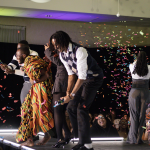
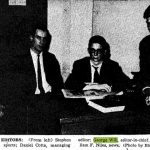

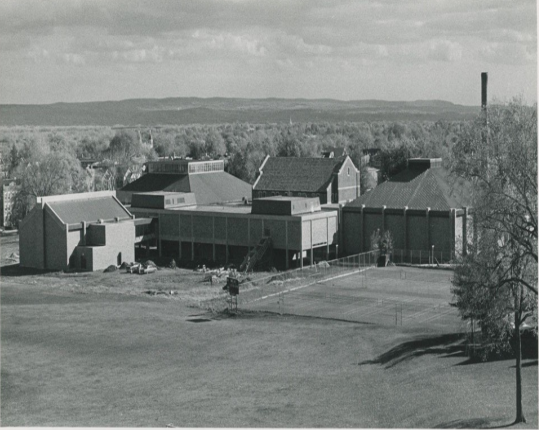
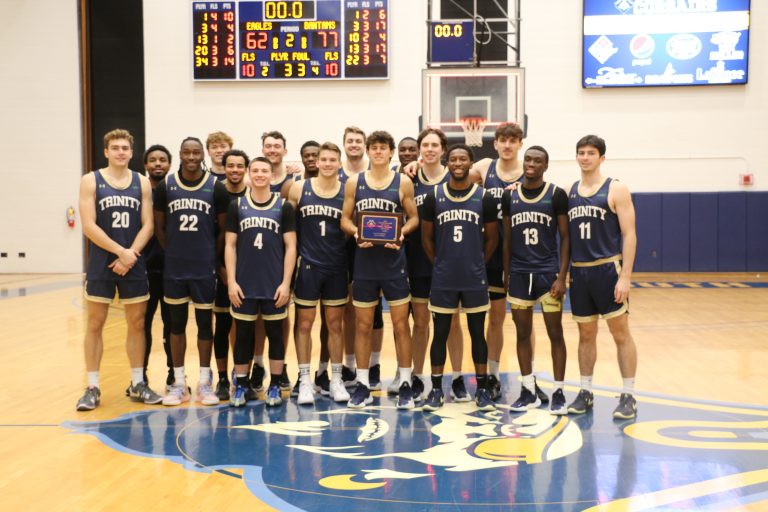
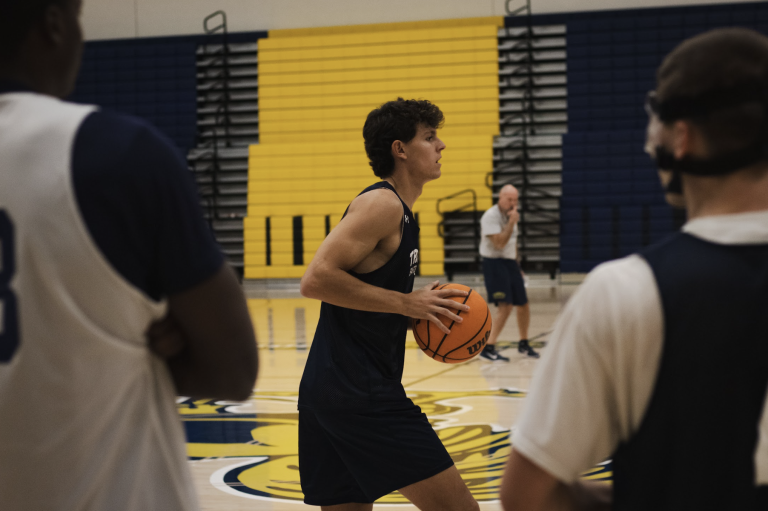


+ There are no comments
Add yours